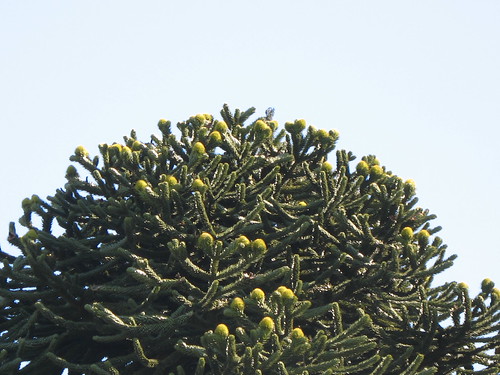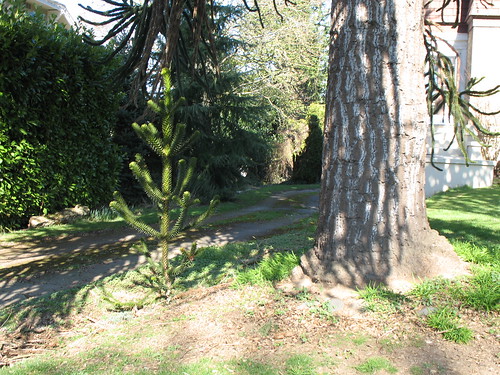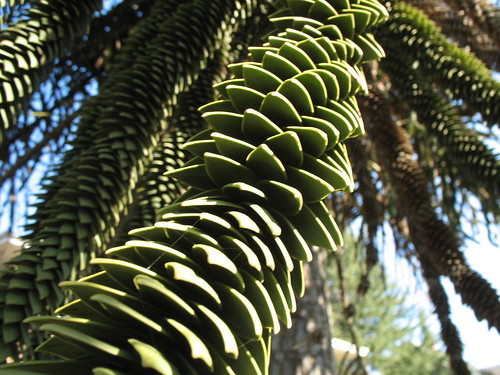
The following text is from the sign near this big Cedar stump…
Big Cedar Stump
This famous stump remains as evidence of the giant trees which once forested this aea. Over 20 feet in diameter and 200 feet tall, the huge “Western Redcedar” is believed to have been more than 1000 years old. Discovered by early settlers of the area, the following is a resume of its recorded history:
1893 – the stump was killed by a fire which started in its hollow base.
1916 – After the top was removed, Paul Wangsmo and Ole Rodway cut and chopped three spines from the core and cut archways through the stump.
1922 – After cutting the stump off at its base, Ole Reinseth and Slim Husby used horse teams to drag it north 150 yards where it was set on a concrete base.
1939 – the stump, by now cracked, was taken apart and pieced back together just north of portage creek, alongside the newly completed U.S. 99. One May 27, crown prince Olav and princess Martha of Norway drove through the stump.
1971 – The stump´s final move braught it here.





 The main claim to fame for the Coastal Redwood (also called the California Redwood) is that it is the tallest tree species in the world, with the tallest actual tree being 379 feet tall. This tree species should not be confused with the Giant Sequoia, which is the largest (by volume) tree species in the world. Both the Coastal Redwood and the Giant Sequoia are native to the Pacific coast of North American in California and Oregon.
The main claim to fame for the Coastal Redwood (also called the California Redwood) is that it is the tallest tree species in the world, with the tallest actual tree being 379 feet tall. This tree species should not be confused with the Giant Sequoia, which is the largest (by volume) tree species in the world. Both the Coastal Redwood and the Giant Sequoia are native to the Pacific coast of North American in California and Oregon. The seed cone of the Coastal redwood is quite a bit smaller than its Giant Sequoia counterpart measuring about 2 cm long (just under one inch). The cone has a similar look to those of the Cypress Sempervirens.
The seed cone of the Coastal redwood is quite a bit smaller than its Giant Sequoia counterpart measuring about 2 cm long (just under one inch). The cone has a similar look to those of the Cypress Sempervirens. The "leaves" of the Coastal Redwood are very different from those of the Giant Sequoia. They are needle-like and flat, measuring about half an inch long. The branch structure can be clearly seen in the image below.
The "leaves" of the Coastal Redwood are very different from those of the Giant Sequoia. They are needle-like and flat, measuring about half an inch long. The branch structure can be clearly seen in the image below. The bark of the California Redwood is quite thick, has a reddish color and quite fibrous.
The bark of the California Redwood is quite thick, has a reddish color and quite fibrous.






































